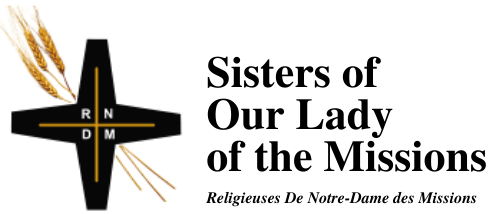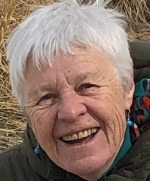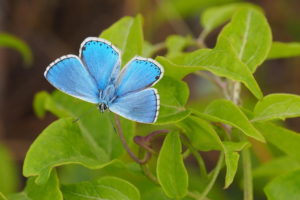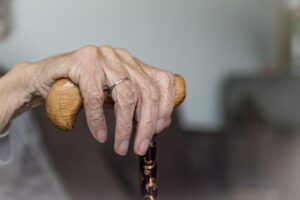I am writing this while lying in bed attempting to get over a virus that has flattened me. It is probably the seasonal flu bug but this one has packed a wallop. Headache, chills, cough and wheezing lungs have had me bed- ridden for the past few days but it’s the wheezing that has prompted me to write.
I had rarely thought about my breath until I caught pneumonia in my thirties and had to be hospitalized. Never had breathing been such a struggle nor had I ever felt as exhausted as I did in the weeks it took to recover.
Then, in my sixties, I developed lung cancer and had to have two operations to remove tissue from the right and left lobes.
In the recovery room after the first operation I felt a restriction in my chest and the sense that I couldn’t inhale properly. Despite being on oxygen I still couldn’t get enough air and the panic that set in only made matters worse. That feeling of struggling for air has haunted me ever since and has made me hyper-vigilant about my breathing.
The experience lead me to read a book my yoga teacher recommended called Breath – The New Science of a Lost Art by James Nestor. In it Nestor travels the world unlocking cultural, spiritual and evolutionary facts about the way we breathe and why we have been doing it incorrectly for a very long time. I won’t go into the astonishing research and stories but suffice it to say we have been breathing so badly that our skulls have actually shrunk in comparison to our ancient ancestors.
Nestor’s exploration transformed his life and his breathing and revealed that even making slight adjustments to the way we breath can rejuvenate organs, increase athletic performance, cure snoring and asthma and even various auto-immune diseases.
One of the techniques Nestor researched was Pranayama an ancient breathing technique that originated in India and is included in many yogic practices. Pranayama, in its simplest form, is controlled breathing but in its practice it is an intricate and complex exploration of the human body. Changing how we breathe in effect changes how our body works.
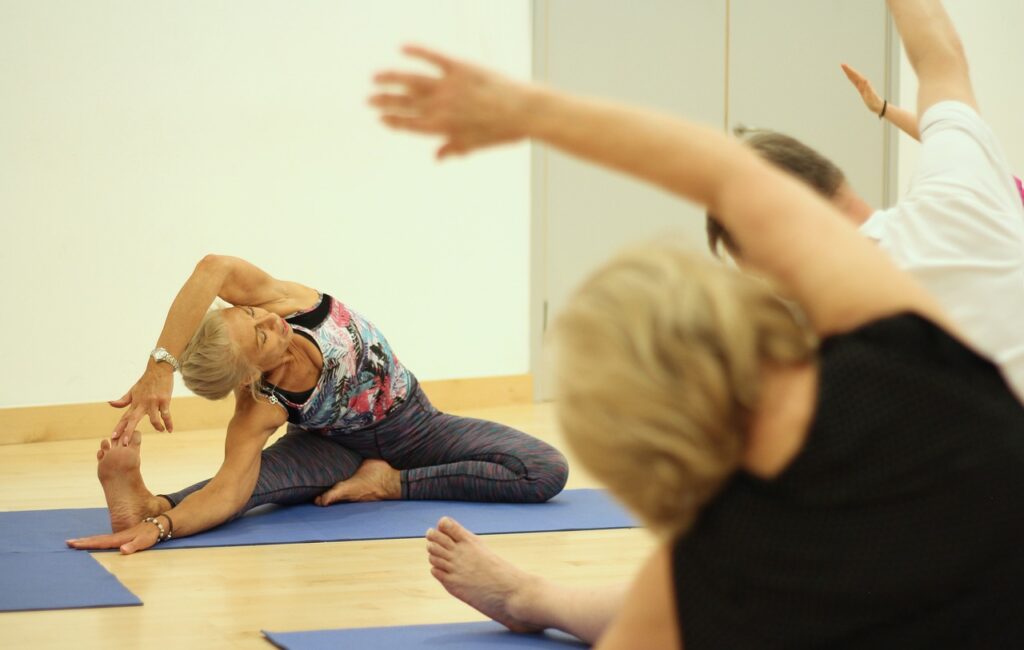
Every Wednesday, for the past year, I have attended a yoga class on the Basics of Pranayama and spent an hour, mostly on my back, breathing slowly and consciously. My instructor might suggest breathing from the bottom of my belly to the midpoint or channeling my breath in a circle to polish the rings around my ribs. I have also learned to breathe on one side of my right nasal passage then switch to the left then both at the same time.
I have become aware of how shallowly I breathe and wonder if that has always been the case and how the right side of my back rib cage doesn’t touch the floor when I inhale. The very fact that I can learn to change that astounds me.
My class is learning very simple techniques at this point but the experience has unlocked a door into my body I never knew existed. Now when I feel stressed or panicky, I breathe consciously. When I can’t sleep, I breathe. When I meditate I breathe. A friend who read Nestor’s book has actually started a breathing club at work during lunch hour to help staff alleviate stress.
Given all the nutritional advice and health practices that abound these days, I find it astonishing that so little is said about the miraculous properties of our lungs and their ability to heal us not just physically but also mentally. Remember that the next time you take a breath. It may change you in ways you never knew possible.
Bonnie Dickie lives in Winnipeg, the Elm capital of Canada. In a previous life she worked for CBC in Yellowknife, NWT before moving South to freelance as a documentary filmmaker. Her work has taken her across the Arctic as well as China, Africa and Spain. Today she is semi-retired and aside from her dog walking exploits is focused on learning to play the ukulele-a talent she has yet to fully grasp.
